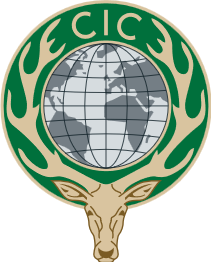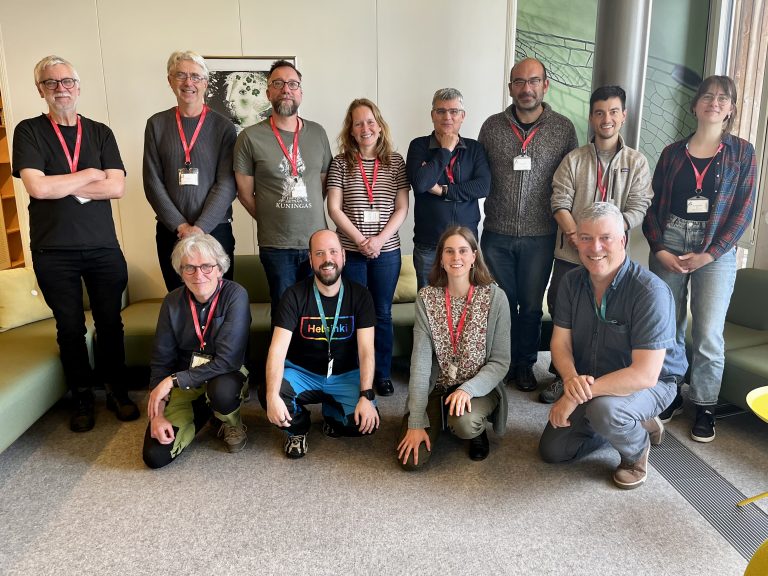Home » News & Press » New EU Bird Conservation Project Launched In Support of the Global Biodiversity Framework
Facebook
X
LinkedIn




